Los Caminos a Santiago / The Ways to Santiago
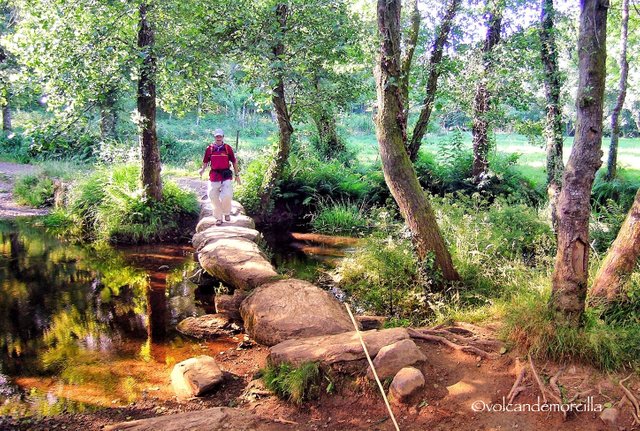
El Camino de Santiago es la única peregrinación cristiana que se viene realizando desde hace mas de un milenio y que ha permanecido inalterada desde que fue descubierta la tumba del Apóstol Santiago en el siglo IX.
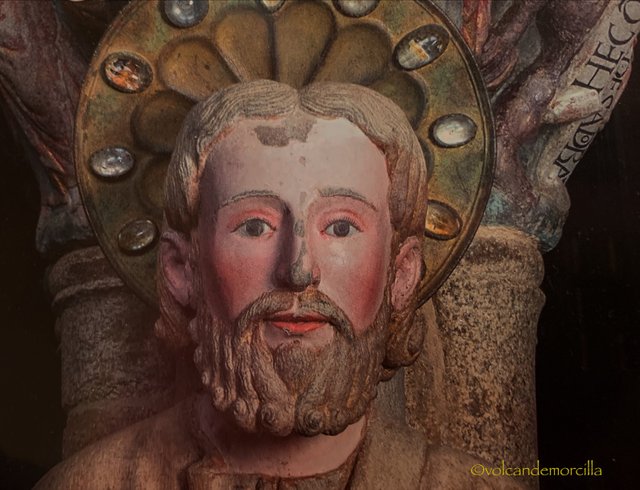
En el año 813 el obispo Teodomiro encontró la tumba del Apóstol Santiago cerca de Iría Flavia. La leyenda de su descubrimiento es muy bonita y siempre me ha fascinado.
El hallazgo de la tumba se hizo en un campo donde caían estrellas desde el cielo. Ese lugar fue denominado por eso “Compostela” y allí se fundó Santiago de Compostela.
Ante el hallazgo de la única tumba conocida de un apóstol directo de Jesucristo, se comenzó en el siglo IX una peregrinación que ha permanecido inalterable desde entonces.
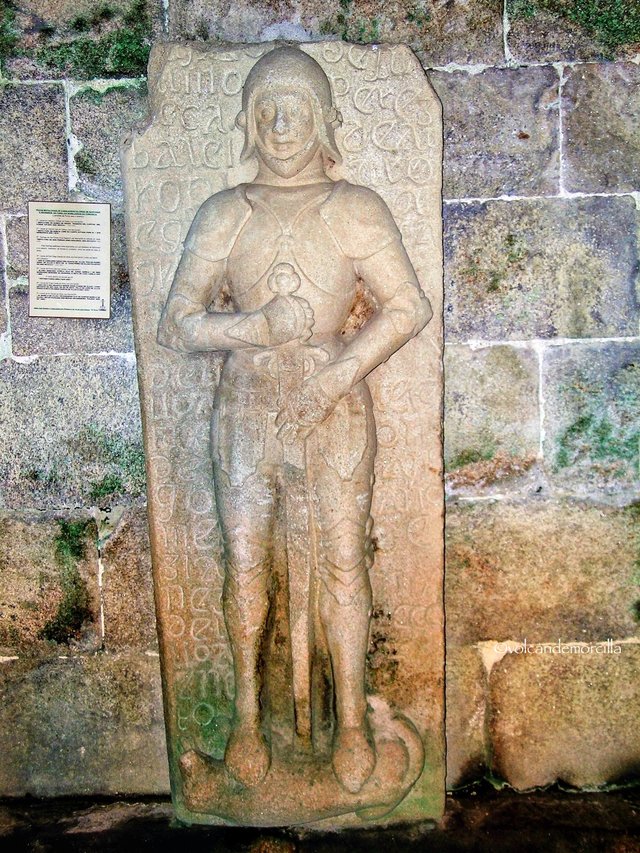
El Camino de Santiago es una de las tres peregrinaciones más importantes en la cristiandad. En la antigüedad se iba caminando a Roma, a Jerusalén y a Santiago de Compostela. La única que se ha conservado sin grandes cambios es el Camino de Santiago .
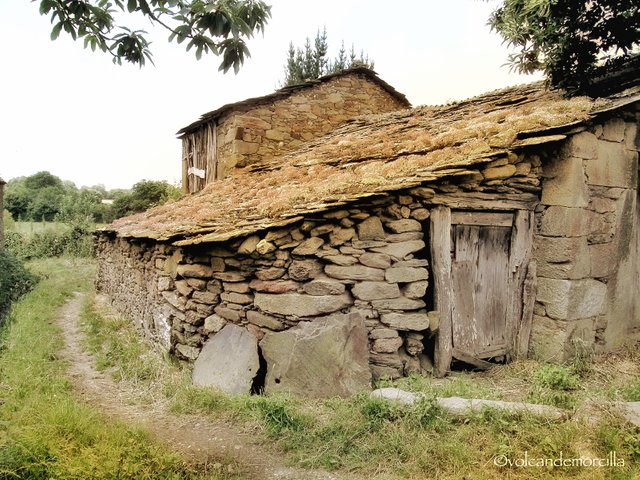
En la Edad Media, no había mucho comercio entre los pueblos y había bastante inseguridad en los caminos. Por eso, los peregrinos que venían a España desde todo el mundo se agrupaban en caravanas. Los peregrinos se dirigían a los santos lugares a lo largo de rutas establecidas que aportaban seguridad y servicios
Se construyeron albergues y hospitales para peregrinos, así como multitud de ermitas, iglesias y catedrales en las urbes mas importantes.
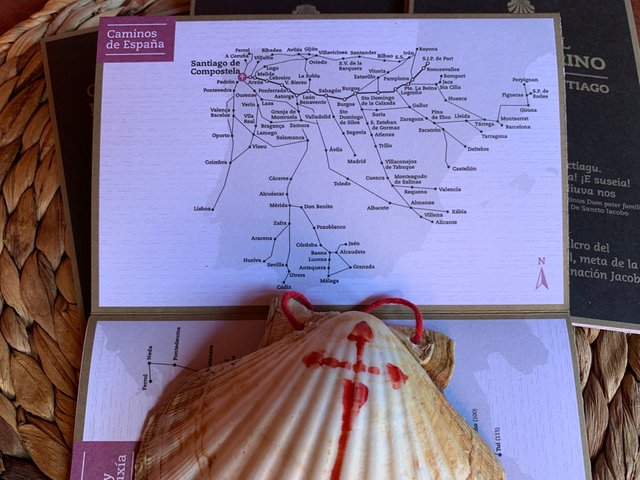
De esta manera se establecieron varias rutas a lo largo de Europa que convergían en la frontera entre Francia y España en Saint Jean a Pied de Port. Desde allí se entraba a la península ibérica por Roncesvalles.
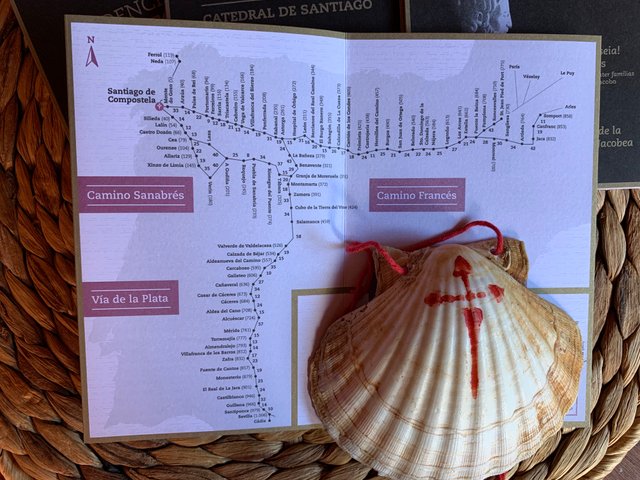
Había otra via para atravesar la cordillera de los Pirineos y es por Somport, entrando de esa manera en Aragón. Ambas rutas convergen en Puente de la Reina (Navarra) y prosiguen por un mismo curso su camino hasta Santiago de Compostela. Cómo estás rutas vienen desde Francia se denomina el Camino Francés. Esta ruta quedó recogida en el Codice Calixtino, cuando el papa Calixto II la realizó. Este manuscrito es la primera guía de viajes conocida.
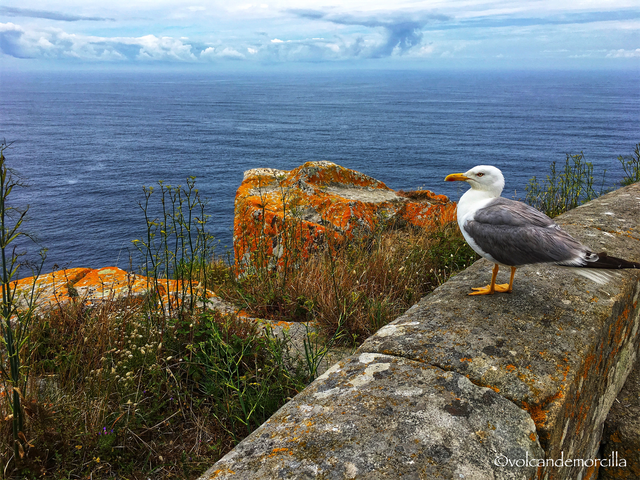
Los habitantes de las islas británicas y los paises nórdicos llegaban por mar a La Coruña o el Ferrol y luego bajaban caminando hasta Santiago de Compostela por el denominado Camino Inglés.
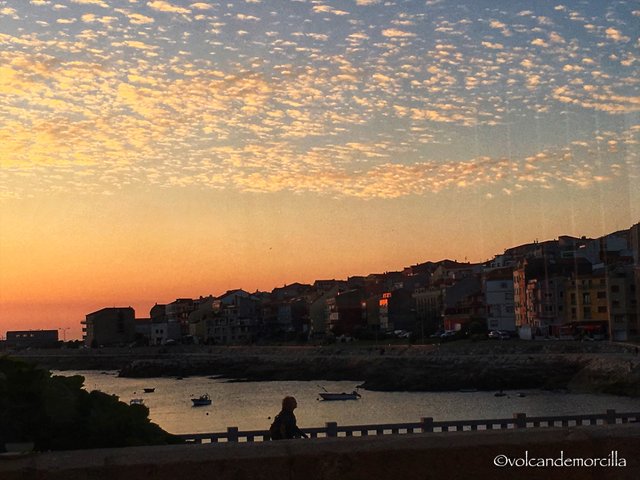
Los portugueses llegaban a Galicia entrando por Tui, cuando lo hacían por el interior del país o bien por A Guarda, cruzando el rio Miño, cuando avanzaban por el Camino Portugués por la costa, que es precisamente el que haremos este verano.
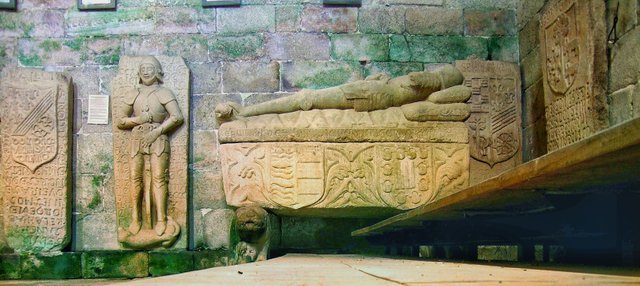
El Camino Primitivo:
Cuando el obispo Teodomiro descubrió la tumba de Apóstol Santiago el Mayor, se dirigió inmediatamente a informar a su rey. Convenció a Alfonso II el Casto, que en aquel entonces combatía contra la expansión musulmana, y logró que el año 834 fuera en peregrinación desde Oviedo a los santos lugares, estableciendo de este modo lo que ahora se llama el Camino Primitivo.
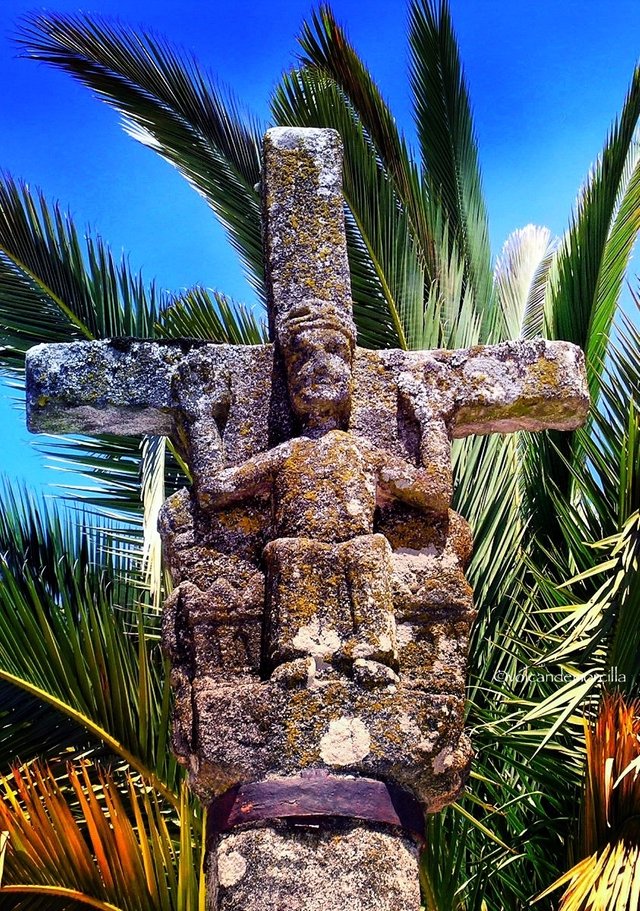
El Camino del Norte es el que realizaban los peregrinos que entraban a la península por Irun y recorrían toda la costa cantábrica hasta enlazar con Oviedo. Desde allí proseguían hasta Santiago por el Camino Primitivo. También se puede tener un mayor recorrido por la costa si se sigue hasta Ribadeo y luego se prosigue por Mondoñedo hasta enlazar con el Camino Francés.
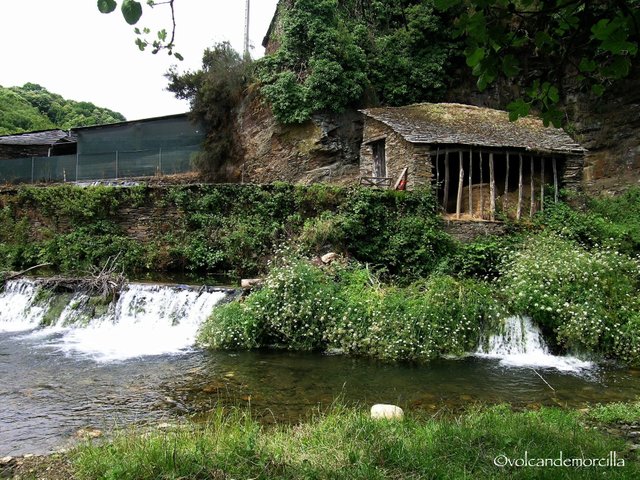
El Epílogo del Camino:
Cuando se llega a Santiago, muchos peregrinos desean seguir avanzando y se embarcan en una serie de etapas para llegar hasta Finisterre, en el fin del mundo. Los “frikis del Camino” recorren el trayecto que hacían los pueblos más primitivos de la península Iberia hace miles de años para llegar al fin del mundo. Este camino existía incluso antes de que comenzara la peregrinación jacobina.
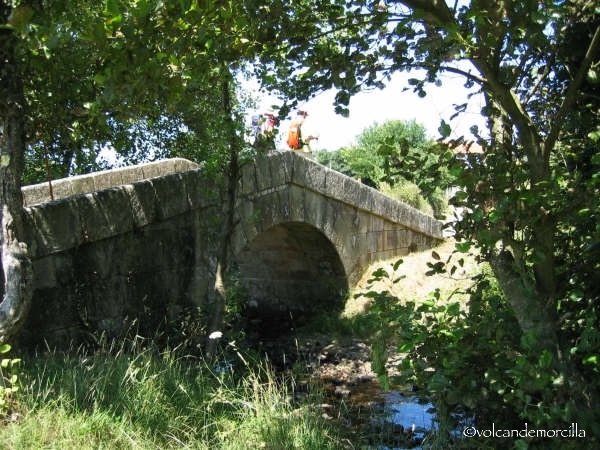
Hoy en día se han recuperado diversos Caminos que hacían otros pueblos de la península ibérica para dirigirse a Santiago.
La Vía de la Plata era una ruta construida por los romanos para unir Sevilla con el norte. Este camino se utilizó y se sigue utilizando por los peregrinos andaluces.
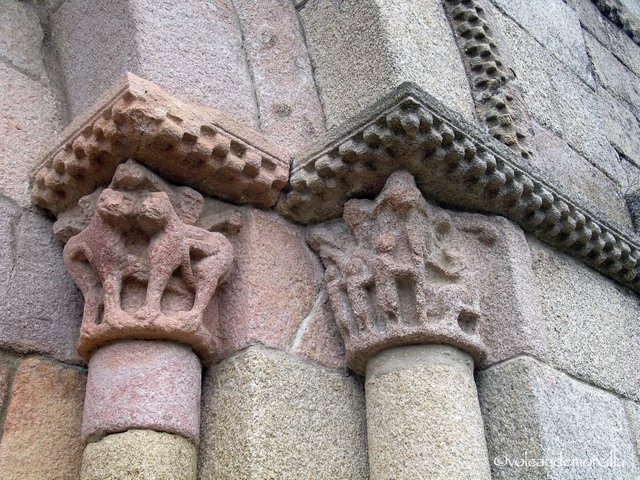
Hay que tener en cuenta que se peregrinaba a Santiago desde todos los lugares de la península ibérica, por eso cada vez se rehabilitan mas caminos. Poco a poco, las asociaciones de Amigos del Camino van recuperando y reconstruyendo aquellos caminos ancestrales. El creciente interés por el Camino ha hecho que sean señalizados convenientemente y puedan disfrutarse de nuevo alcanzado muchos de ellos el reconocimiento de la UNESCO como Patrimonio Mundial.
Si tenéis interés y ganas, no lo dudéis. Embarcaros en cualquiera de ellos porque os harán disfrutar mucho, solos o en compañía y seguro que no os defraudarán.
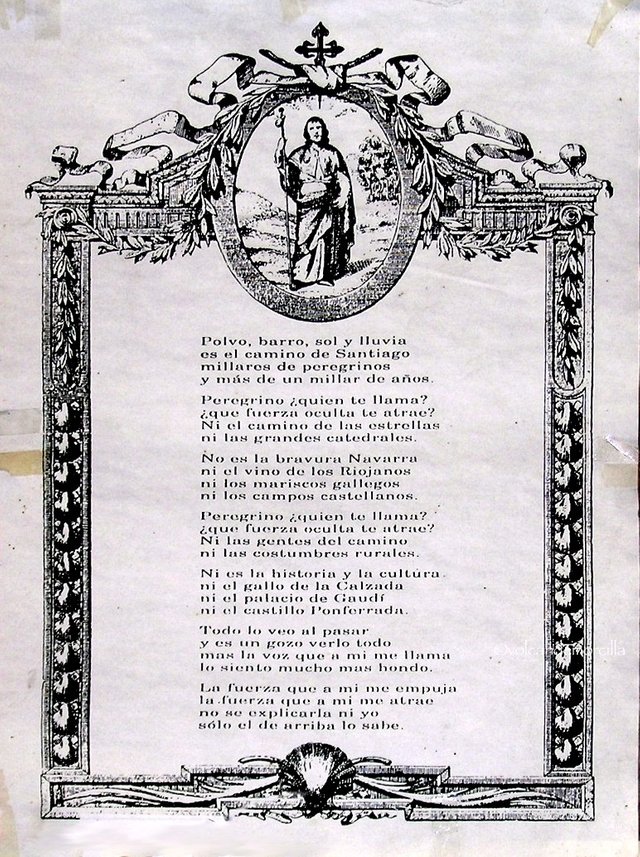
The Ways to Santiago
The Camino de Santiago is the only Christian pilgrimage that has been going on for more than a millennium and that has remained unchanged since the tomb of the Apostle Santiago was discovered in the 9th century.
In the year 813 Bishop Teodomiro found the tomb of the Apostle Santiago near Iria Flavia. The legend of his discovery is very beautiful and has always fascinated me.
The discovery of the tomb was made in a field where stars fell from the sky. That place was called "Compostela" and there Santiago de Compostela was founded.
Before the discovery of the only known tomb of a direct apostle of Jesus Christ, a pilgrimage began in the 9th century that has remained unchanged ever since.
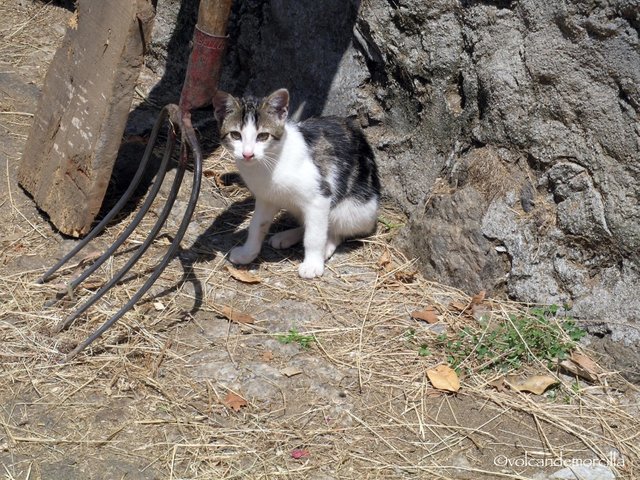
The Camino de Santiago is one of the three most important pilgrimages in Christendom. In antiquity it was walking to Rome, Jerusalem and Santiago de Compostela. The only one that has been preserved without major changes is the Camino de Santiago.
In the Middle Ages, there was not much trade between the towns and there was a lot of insecurity on the roads. That is why the pilgrims who came to Spain from all over the world were grouped in caravans. The pilgrims went to the holy places along established routes that provided security and services
Hospitals and hospitals for pilgrims were built, as well as a multitude of hermitages, churches and cathedrals in the most important cities.
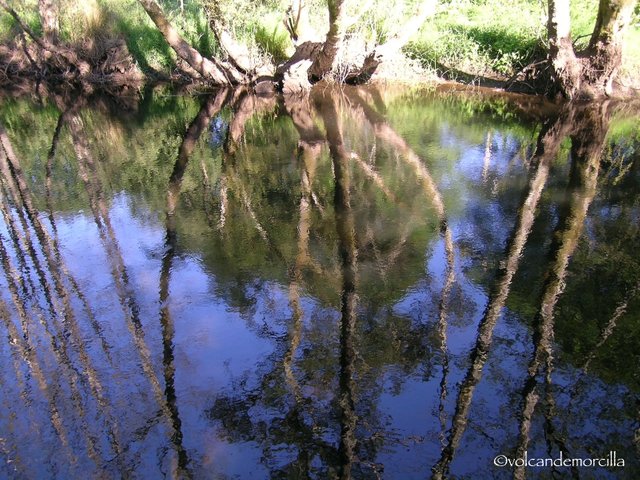
In this way several routes were established throughout Europe that converged on the border between France and Spain in Saint Jean to Pied de Port. From there it was entered to the Iberian Peninsula by Roncesvalles.
There was another way to cross the Pyrenees mountain range and it is through Somport, thus entering Aragon. Both routes converge on Puente de la Reina (Navarra) and continue along the same route to Santiago de Compostela. How are routes coming from France is called the French Way. This route was collected in the Codice Calixtino, when Pope Calixto II made it. This manuscript is the first known travel guide.
The inhabitants of the British islands and the Nordic countries arrived by sea to La Coruña or El Ferrol and then walked down to Santiago de Compostela by the English Way.
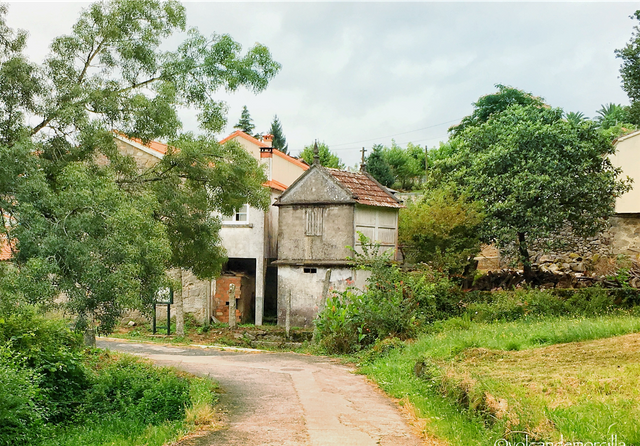
The Portuguese came to Galicia entering through Tui, when they did it through the interior of the country or through A Guarda, crossing the river Miño, when they were advancing along the Portuguese Way along the coast, which is precisely what we will do this summer.
The Primitive Way:
When Bishop Teodomiro discovered the tomb of St. Santiago el Mayor, he went immediately to inform his king. He convinced Alfonso II the Chaste, who at that time was fighting against the Muslim expansion, and he managed to make the year 834 a pilgrimage from Oviedo to the holy places, thus establishing what is now called the Primitive Way.
The Camino del Norte is the route taken by the pilgrims who entered the peninsula through Irun and crossed the entire Cantabrian coast until they reached Oviedo. From there they continued to Santiago along the Primitive Way. You can also have a longer route along the coast if you continue to Ribadeo and then continue through Mondoñedo until you reach the French Way.
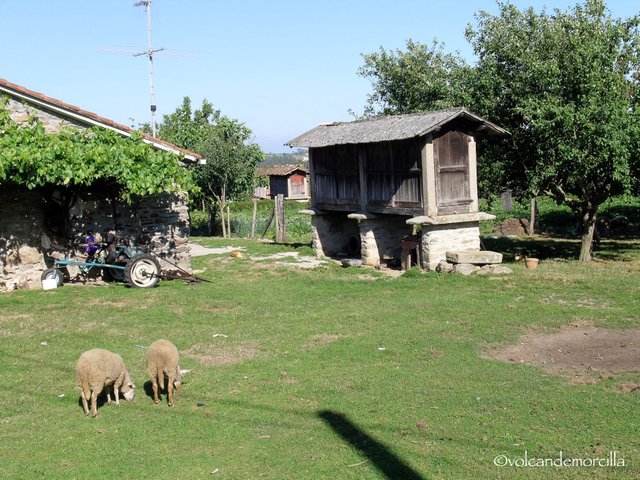
The Epilogue of the Way:
When arriving in Santiago, many pilgrims wish to continue advancing and embark on a series of stages to reach Finisterre, at the end of the world. The "frikies of the Camino" follow the route that the most primitive peoples of the Iberian Peninsula made thousands of years ago to reach the end of the world. This road existed even before the Jacobin pilgrimage began.
Today they have recovered several roads that made other towns of the Iberian Peninsula to go to Santiago.
The Vía de la Plata was a route built by the Romans to connect Seville with the north. This road was used and is still used by the Andalusian pilgrims.
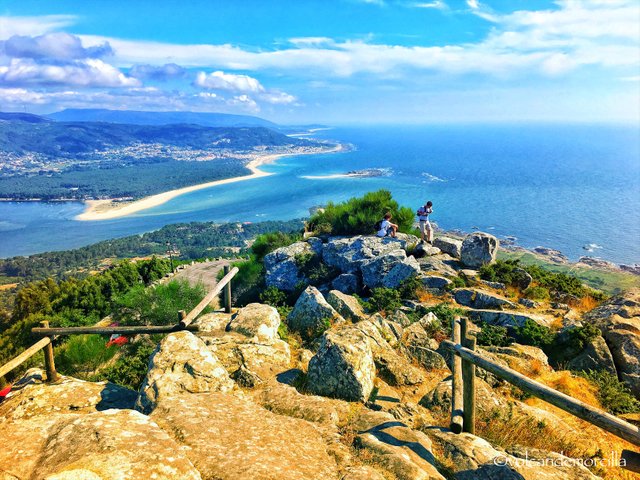
We must bear in mind that pilgrims traveled to Santiago from all parts of the Iberian peninsula, which is why more and more roads are being rehabilitated. Little by little, the Camino’s friends associations are recovering and rebuilding those ancestral roads. The growing interest in the Way has meant that they are conveniently signposted and can be enjoyed again, many of which have been recognized by UNESCO as World Heritage.
If you have interest and desire, do not doubt it. Embark on any of them because they will make you enjoy a lot, alone or in company and I'm sure you will not be disappointed.


Cómo lo hago
Hice las fotografías con mi iPhone 5, 6 y X. Para la edición utilicé la aplicación Snapseed y para la firma digital usé la App Watermark.
Los dibujos los hice en el iPad con el programa Sketches.
For the photography I use my iPhone 5, 6 and X. For edition I use the Snapseed application and for the digital signature the Watermark app.
Everything I did on my mobile phone, I did not use the computer at all.
For the drawings, I use the Sketches program and paint them on the tablet.
Si quieres ver como lo hago, visualiza estos tres enlaces de publicaciones previas.
If you want to see how I do it, visualize these three links from previous publications.

Cedido y diseñado por @charjaim


Original design for @talentclub de @carlos-cabeza
Las fotos son mías y originales. También, soy el autor del dibujo separador.
¡Espero tus comentarios!
The photos are originals and mine. Also, I am the author of the separator drawing.
I await your comments.
¡Buen Camino!
¡Felicidades! Esta publicación obtuvo upvote y fue compartido por @la-colmena, un proyecto de Curación Manual para la comunidad hispana de Steemit que cuenta con el respaldo de @curie.
Si te gusta el trabajo que hacemos, te invitamos a darle tu voto a este comentario y a votar como testigo por Curie.
Si quieres saber más sobre nuestro proyecto, acompáñanos en Discord: La Colmena.
Excelente tu relatos del Camino de Santiago. Lo haces con fervor y pasión.
Acompañados de hermosas fotografías. Me sumerjo en ese mundo por unos instante.
Un abrazo amigo
Enfocados en la adopción y promoción de la blockchain de Steem valoramos tu compromiso con ella. Gracias por no hacer Power Down, juntos llevaremos el Steem a la Luna
Muchas Gracias amigos 😊
Posted using Partiko iOS
Muchas Gracias amigos 😊
Posted using Partiko iOS
Ayer veía con mi hija un programa en Directv sobre esta peregrinación. Obviamente te recordé y aproveché de explicarle un poco sobre esta actividad. El programa es bien completo al igual que tus exposiciones.
Pasaron la iglesia con el botafumeiro y me enocioné mucho. Hermoso contenido amigo.
Hay mucho que enseñar del Camino. Una feliz experiencia para todas las edades. Muchas Gracias por seguirme. Un abrazo de corazón 😊
Posted using Partiko iOS
Wow! That was a very informative post and your photography is amazing! I'm glad that I scrolled down to find the English translation. Well done!
Un ángel visitó tu hermoso post y lo ha llenado de amor y bendiciones.
Curado manualmente por: @historiasamorlez
Muchísimas Gracias mis ángeles preferidas!
Con cariño 😊
Posted using Partiko iOS
This post was shared in the #spanish-curation channel in the Curation Collective Discord community for curators, and upvoted and resteemed by the @c-squared community account after manual review.
@c-squared runs a community witness. Please consider using one of your witness votes on us here
Muchas Gracias amigos. Hacéis una gran labor. Mi mas sincero reconocimiento. 😊